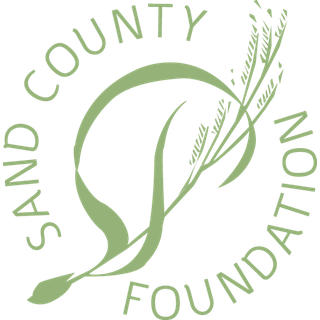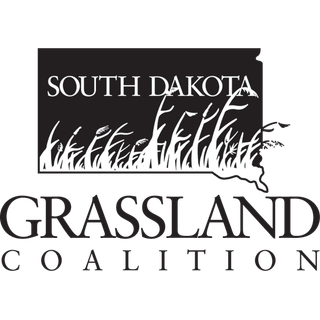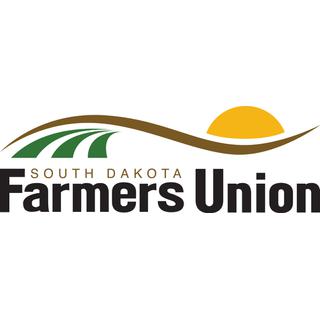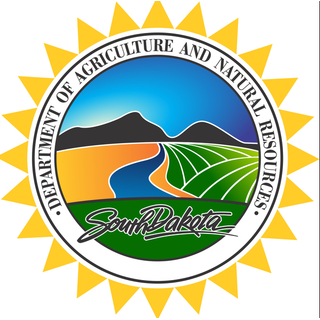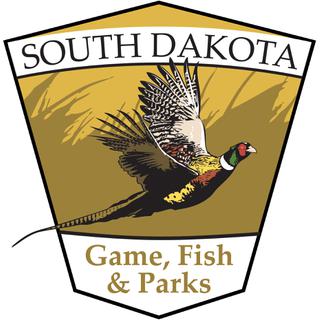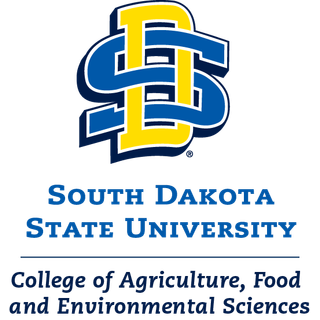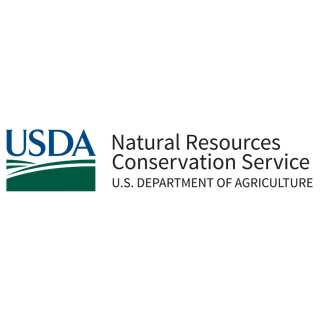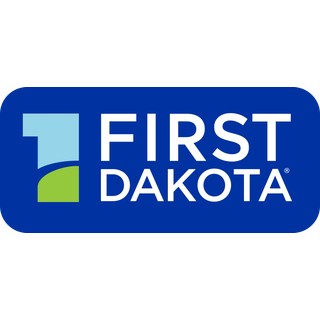Upon graduating from college, Eli Little faced a serious question about his future. Could his family’s ranch generate enough income to sustain another partner?
The answer was right under his boots.
Eli and his father Barry focused on improving their soil’s health on every acre of cropland and pasture at Blioux River Ranch in Hamlin County. Their renewed emphasis on conservation could reduce their input costs while maintaining, if not increasing, their yields and productivity.
Barry began practicing minimum tillage on his 1,850 acres of small grains, corn, and soybeans in the 1990s. There were also 500 acres next to the Big Sioux River that had been poorly managed for decades. To prevent erosion and improve water quality he enrolled it into the federal Conservation Reserve Program.
Integration of livestock on the land is one of the principles of soil health. However, the Littles had not considered their beef cattle as part of their conservation equation until their first attempt at rotational grazing in 2008. They listened to grazing gurus and combined multiple herds of cow-calf pairs into one single grazing group. After years of trial and error, their grazing efficiency found its groove. Beef production moved from a sidelight at Blioux River Ranch to a profitable enterprise.
From May to October their 200 cow-calf pairs are moved almost daily to a new paddock ranging in size from two to 20 acres. This system has multiple environmental and economic benefits.
The Littles noticed the amount of land they need to annually feed a cow-calf pair dropped from four to five acres, to less than two. That pencils out to quite a difference when local pastures rent for $55 per acre.
Rotational grazing allows pastures to flourish without the need for synthetic fertilizer or pesticides. Following the fall harvest, cattle are moved through cropland to graze on cover crops or crop residue, which further reduces feed costs while improving yields.
Cattle also do more than quickly turn grass into beef, they naturally spread fertilizer onto the land. Afterwards, their gut microbes interact with soil microbes, adding to the abundance of microscopic organisms that create a healthy soil and help re-establish the prairie’s natural mineral cycles.
As a result, the Littles find more native plant species in their pastures that they did not plant. The grazing rotation is timed to allow these flowering plants to bloom and provide a food source for beneficial pollinators. A local beekeeper has kept beehives next to Blioux River Ranch pastures since 2016.
To enhance wildlife habitat at Blioux River Ranch, about 100 acres are enrolled into a 30-year wetland reserve easement, while another 20 acres of cropland serve as food plots with a mix of corn and a brood mix designed for pheasants.
Pheasant chicks need habitat for cover and insects for food. The brood mix grows sequentially flowering plants to protect and feed pheasants, while providing a water source from dew on the plant stems. As leaders on the Dry Lake Chapter of Pheasants Forever, Barry and Eli regularly volunteer their time and equipment to plant the brood mix for other landowners.
Now more than a decade into fully immersing themselves into the school of soil health, the Littles share what they have learned with friends, neighbors, and strangers.
